Curbside Classic: 1975 Alfa Romeo Alfetta GT Coupe/GTV

[An expanded and updated version of this CC is here]
We’ve had a lot of utilitarian vehicles last week, and even into this Monday, so with yesterday’s Corolla AE86 leading the charge, we’re going savor some delicious sporty coupes. This Alfetta GT coupe is an interesting follow-up to the AE86, for at least two reasons. Designed by Giorgetto Giugiaro, this lovely Alfa was not only a feast for the eyes in that largely vulgar mid-seventies period, but was also an influential one. The Alfetta GT was one of a few key designs of the period that had a profound and lasting effect on styling trends, including the Corolla itself. The other reason: cars like the fast, cheap but ultra-reliable Corolla GT-S helped put Alfa out of business in the US.
At the time of the Alfetta GT, Japanese styling was lost in a wild and woolly jungle that was a bizarre mixture of US influences combined with homegrown touches (1975 Corolla at top). But for a few exceptions, it did not result in handsome or timeless cars. The clean and angular school of design that was particularly practiced by Bertone and others in Italy was adopted by the Japanese wholesale (1985 Corolla bottom), and even exaggerated. It was one of the more dramatic and sudden shifts of Japanese styling ever.
Of course, we can take that one step back further to explore the influences on the Alfetta GT. The 1968 Lamborghini Espada was one of the most, if not the most significant milestones in this trend. Its influence on the Alfa is all too obvious, keeping in mind that the Espada was a very long and low car, while the Alfetta sat on the platform of the sedan that was also the source of its name.
The Alfetta sedan that arrived in 1972 was a significant new vehicle for Alfa, inasmuch as it ushered in a new generation of cars that finally were not a direct evolution of the Giulia/Giulietta that dated back to the early fifties. The Alfetta sat on a new platform that located the transmission at the rear of the car, for better weight distribution. The rear axle used a de Dion axle, a solid hollow beam connecting the wheels but not carrying the weight of the differential and axle shafts.
The Alfetta and the GT were sold in the US starting in 1975, under a variety of names. The sedan petered out by 1979, but the coupe had much longer run, thanks to the implant of Alfa’s first modern V6 engine, which turned it into the GTV-6, from 1981 through 1986. That delicious confection of chrome induction tubes and soul-stirring mechanical music gave the Alfetta a new lease on life, especially in the performance-hungry US. The 1.8 and 2.0 fours of the early version put out some 124hp, which was not sufficient in the face of competition from new small hot hatches like the VW GTI, the Corolla GT-S, and others, especially considering its higher price tag.
Alfa’s reliability woes were a heavy drag on its reputation and sales during the seventies. Alfas, like other certain European cars had been fundamentally well-built cars in the fifties and sixties, although always needing a bit more TLC than average. But during the seventies, many European makes suffered from the twin effects of having to make many drastic changes to meet US emission standards as well as the amenities Americans increasingly demanded. And labor problems exacerbated these issues.
Adding power windows and numerous other electric and electronic devices that were not well engineered, integrated or built caused a large portion of the woes, and it was endless failures with these peripherals that contributed to the declining rep of cars like Peugeot, Alfa and others that were once fairly easy to fix and simple cars. And vulnerability to rust was of course another significant factor, but then they weren’t the only ones to suffer that fate.
This particular example is a bit of an enigma to me, because I’m having a hard time placing it exactly in terms of its year of build and origin. I’m suspecting it may be a European model, because the bumpers don’t look like the larger ones fitted to US imports. But the speedometer reads in mph. BTW, that highly unique dash layout places the tachometer alone directly in front of the driver, and the other instruments including the speedometer are in the center nacelle. Looks cool, but lets just say it was not commonly replicated.
The Alfettas were delightful cars when they were running right. The rear transaxle made for almost perfect 50/50 weight distribution, and everyone raved about the superb handling. And the GTV-6 of course added that oomph and sound which became legendary. But Alfetta GTs have not become the collector cars that their timelessly beautiful predecessors are, and are languishing in a state of; well, similar to this one. Running, but not exactly completely intact. It was a pleasant surprise just to find this at all, ironically sitting in front of that symbol of enduring ruggedness, a might oak tree. Makes for a nice juxtaposition.

More by Paul Niedermeyer
Latest Car Reviews
Read moreLatest Product Reviews
Read moreRecent Comments
- Dwford I don't think price is the real issue. Plenty of people buy $40-50k gas vehicles every year. It's the functionality. People are worried about range and the ability to easily and quickly recharge. Also, if you want to buy an EV these days, you are mostly limited to midsize 5 passenger crossovers. How about some body style variety??
- SCE to AUX The nose went from terrible to weird.
- Chris P Bacon I'm not a fan of either, but if I had to choose, it would be the RAV. It's built for the long run with a NA engine and an 8 speed transmission. The Honda with a turbo and CVT might still last as long, but maintenance is going to cost more to get to 200000 miles for sure. The Honda is built for the first owner to lease and give back in 36 months. The Toyota is built to own and pass down.
- Dwford Ford's management change their plans like they change their underwear. Where were all the prototypes of the larger EVs that were supposed to come out next year? Or for the next gen EV truck? Nowhere to be seen. Now those vaporware models are on the back burner to pursue cheaper models. Yeah, ok.
- Wjtinfwb My comment about "missing the mark" was directed at, of the mentioned cars, none created huge demand or excitement once they were introduced. All three had some cool aspects; Thunderbird was pretty good exterior, let down by the Lincoln LS dash and the fairly weak 3.9L V8 at launch. The Prowler was super cool and unique, only the little nerf bumpers spoiled the exterior and of course the V6 was a huge letdown. SSR had the beans, but in my opinion was spoiled by the tonneau cover over the bed. Remove the cover, finish the bed with some teak or walnut and I think it could have been more appealing. All three were targeting a very small market (expensive 2-seaters without a prestige badge) which probably contributed. The PT Cruiser succeeded in this space by being both more practical and cheap. Of the three, I'd still like to have a Thunderbird in my garage in a classic color like the silver/green metallic offered in the later years.


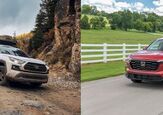
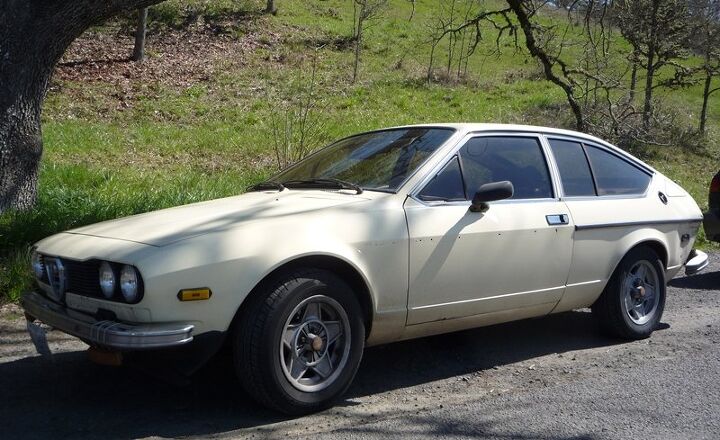

























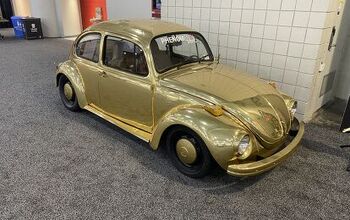


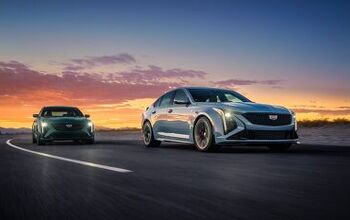




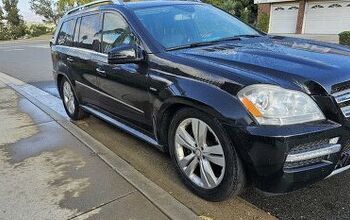
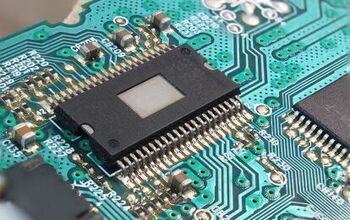

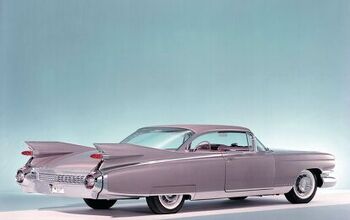

Comments
Join the conversation
I believe this is a 1975 or 1976 Alfetta. The very first ones to come to the US had the European bumpers as this one does. Soon thereafter large American-specification bumpers were mounted spoiling the lines of the orginal and adding extra weight at the far ends increasing the polar moment of inertia. These are great cars to learn on-track performance driving: not enough horsepower to get you into too much trouble and very neutral, forgiving handling. It lets the beginner really feel what 10/10th driving is like. Many newer cars are faster when even driven at 5/10th, but then those drivers really aren't learning anything (their traction control system knows more than they do). Besides you can't be a true gearhead until you have owned an Alfa: the high highs and the low lows!
This used to be my car. It is a '79 with tinted windows, hard to find euro bumpers, hard to find five star wheels and it had a custom Sheelman leather interior with and Alpine stereo and MB Quart speakers. I traded straight across for a GTV6 Balocco which I still have. I have 4 Alfetta coupes, 2 GTV6 Baloccos and an Alfa Spider. I live in Oregon and sense we don't use salt the roads, rust isn't usually a big problem. I have no idea how that once sweet Alfetta got so rusty, but sense ALFA means Always Looking For Another, I might try to buy that one back.